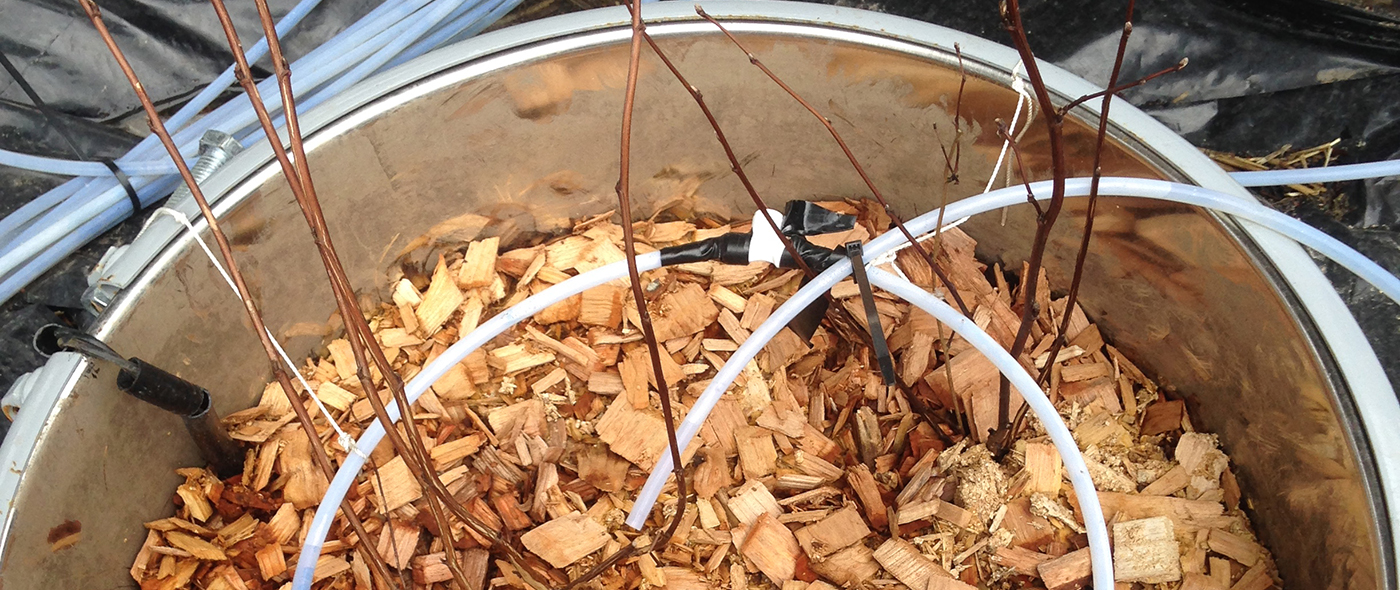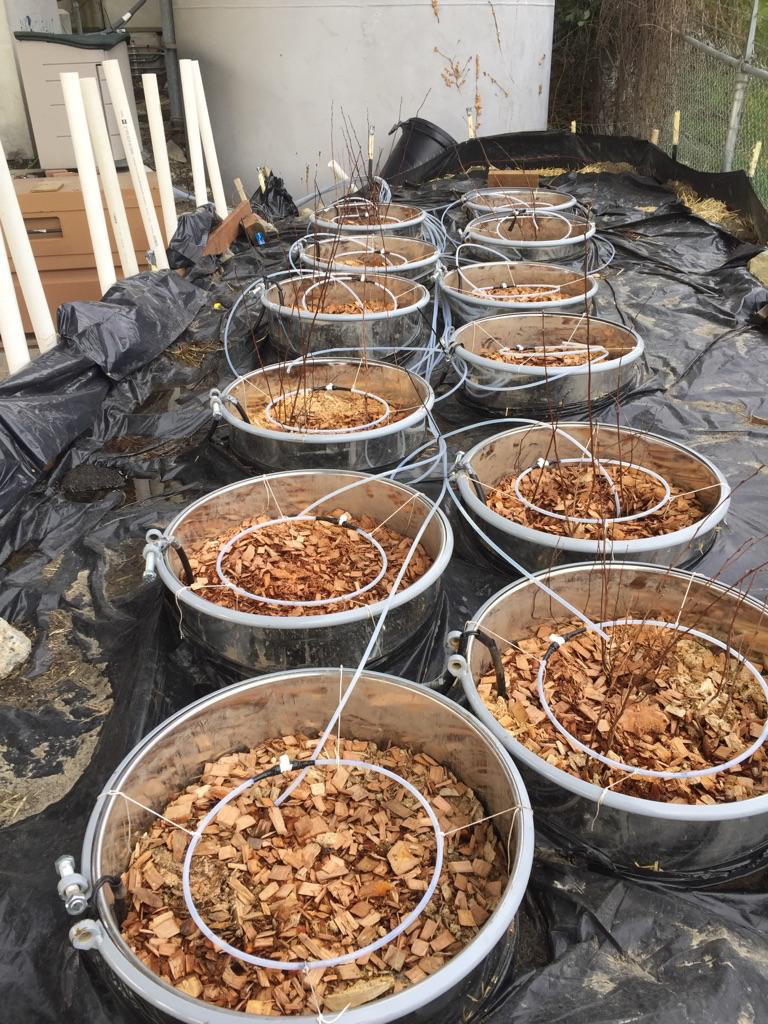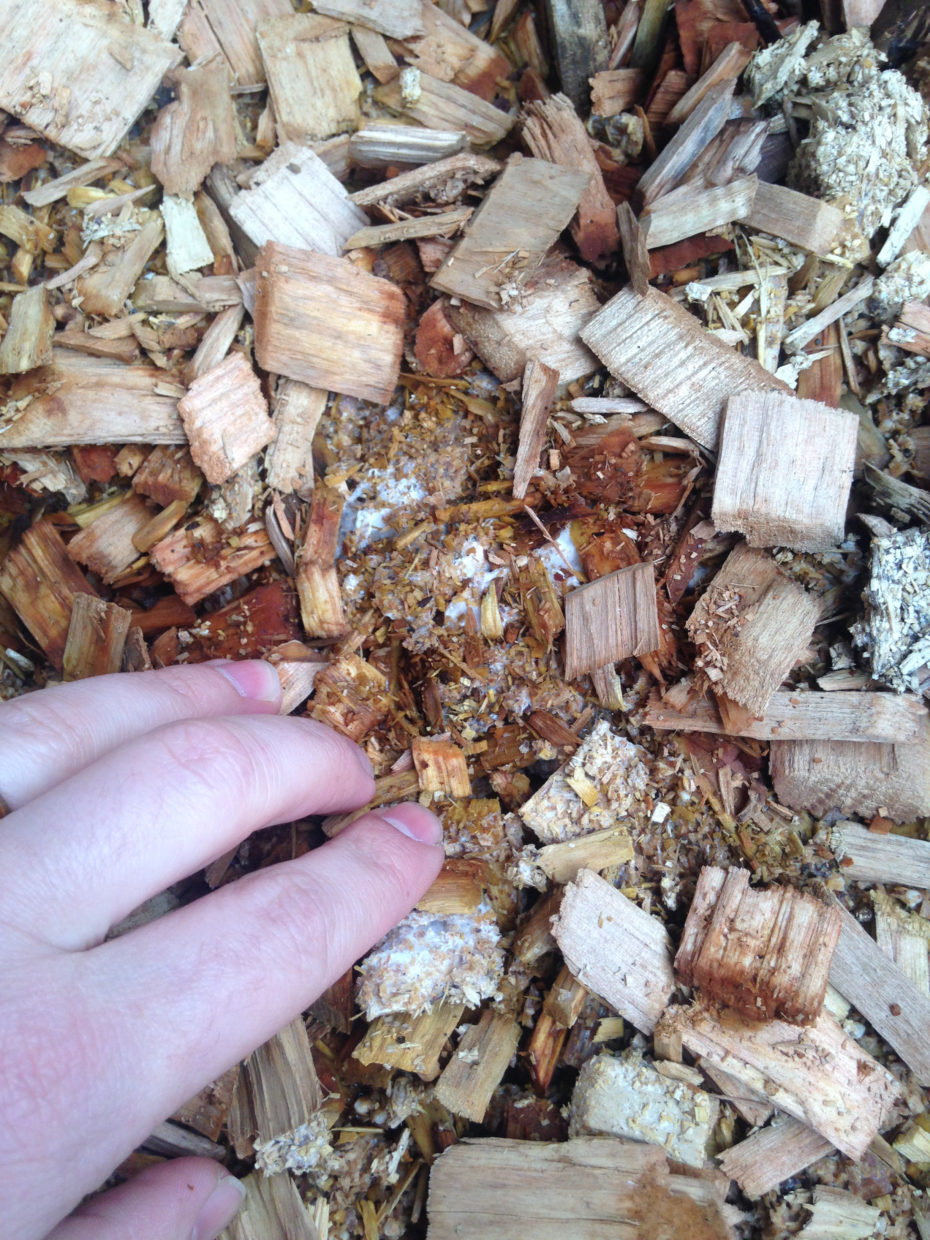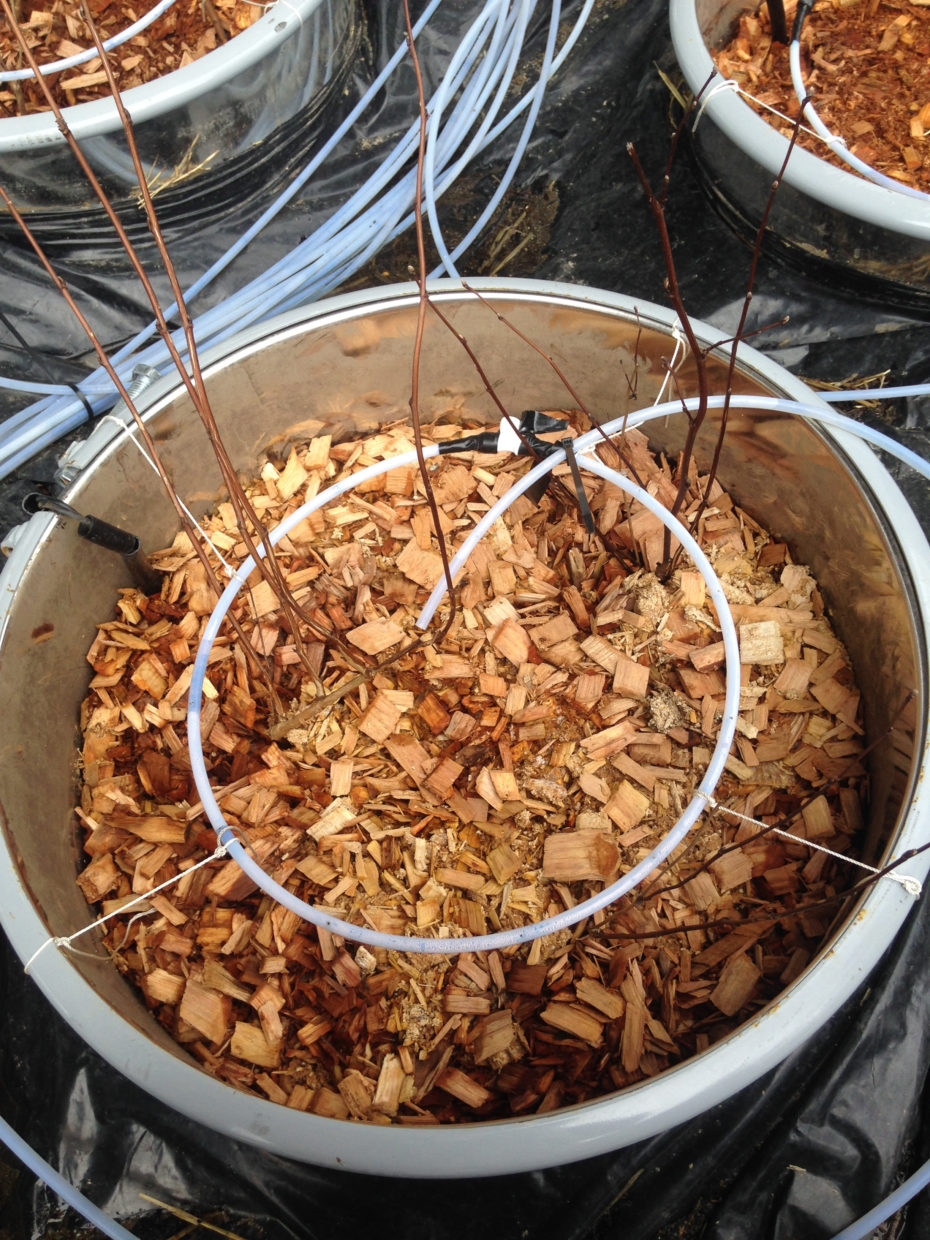Fungi Project
Purpose
Evaluate amendments to the default bioretention mixture (60% sand : 40% compost) for reduction of nutrients, bacteria, chemical toxicants, and toxicity to aquatic organisms.
Scope
Replicate installations (n = 3 per treatment) of bioretention amended with plants and/or fungi were constructed at the WSDOT ‘Ultra-urban stormwater testing facility’ in Seattle, WA where they treated stormwater from I-5 and the surrounding watershed over 2 years. Hydrology, chemistry, and toxicology was monitored for one storm per quarter.
Timeframe/timeline
Field Test: Feb 2017-Feb 2019
Parameters measured
Hydrology
Saturated hydraulic conductivity (Ksat)
Soil temperature & moisture
Chemistry
E. coli
Fecal coliform
Total suspended solids
Dissolved organic carbon
Total organic carbon
Total and dissolved metals (As, Cd, Cu, Cr, Ni, Pb, Zn)
Polycyclic aromatic hydrocarbons (PAHs)
Alkalinity
pH
Biological & chemical oxygen demand
Nutrients (ortho-P, total P, nitrate+nitrite, ammonia, total Kjeldahl N)
Toxicology
Zebrafish (Danio rerio) embryo survival and sublethal morphometrics (length, eye area, pericardial area)
Partners
USFWS Environmental Contaminants Division
Funders
SAM (Stormwater Action Monitoring)
Project Reports






